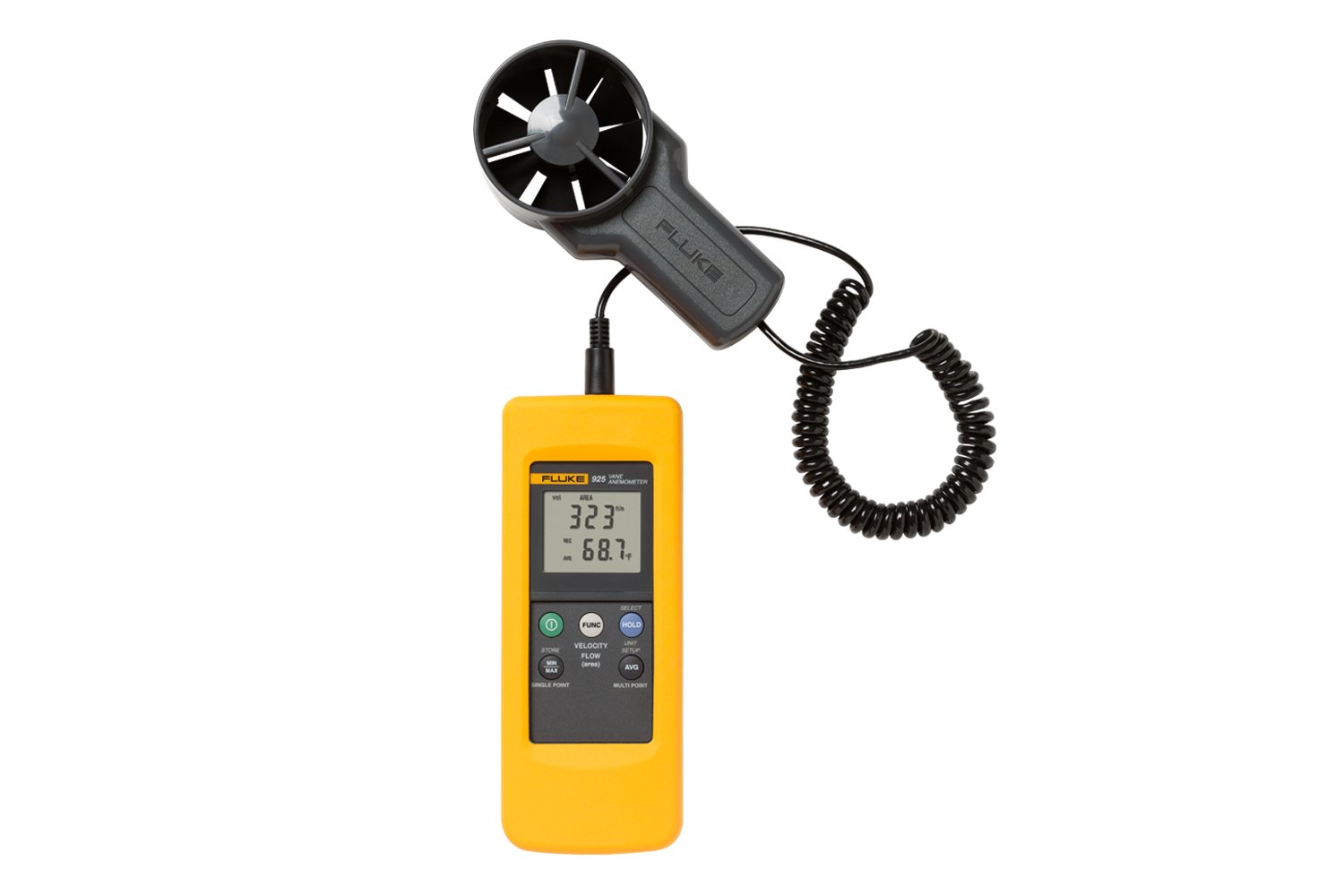Leading Features to Seek in a Reliable Anemometer for Accurate Wind Dimension
Anemometers Introduced: Understanding Their Value in Environmental Surveillance and Precaution
The role of anemometers in ecological monitoring and safety measures is often ignored, yet their relevance is undeniable. These instruments have a long history rooted in scientific questions and technological advancements, progressing to end up being important devices in different fields. From weather forecasting to air travel safety, anemometers play a crucial function in providing precise information that notifies decision-making processes and boosts general safety. Understanding the complexities of anemometers reveals a world of essential insights that are essential to our understanding of the atmosphere and the steps we require to make sure safety.
Background of Anemometers
The advancement of anemometers can be mapped back to the old worlds where simple wind measuring devices were very first made use of. One of the earliest well-known anemometers was the hemispherical mug anemometer designed by Leon Battista Alberti in the 15th century.
Over the years, advancements in technology led to the development of more contemporary anemometers, consisting of ultrasonic anemometers and laser Doppler anemometers, supplying increased precision and performance in determining wind rate and direction. The history of anemometers showcases an impressive trip of innovation and progression in the field of weather forecasting.
Types of Anemometers
Throughout the field of weather forecasting, different kinds of anemometers have been established to precisely measure wind speed and instructions. Sonic anemometers use ultrasonic signals to determine wind rate and direction precisely. Hot-wire anemometers run based on the concept that the cooling effect of wind on a warmed cord is symmetrical to the wind rate.
Applications in Meteorology
Having gone over the numerous types of anemometers made use of in meteorology for gauging wind speed and instructions, it is vital to discover their useful applications in the area. Anemometers play a crucial function in meteorology by giving real-time and accurate information on wind conditions (anemometer). Meteorologists use anemometers to check wind speed and instructions to forecast weather condition patterns, concern cautions for serious climate occasions like typhoons, tornados, and twisters, and examine weather for aviation safety
In meteorology, anemometers aid in comprehending local and regional wind patterns, which are vital for anticipating weather adjustments and figuring out climatic patterns. These tools are additionally utilized in research study to examine microclimates, city heat islands, and air pollution dispersion. Furthermore, anemometers are utilized in farming to enhance plant management methods, such as irrigation and pesticide application, based upon wind problems.
Importance in Aeronautics Security
An important element of making sure air travel safety and security hinges on the meticulous monitoring of wind conditions utilizing anemometers. Anemometers play an essential function in air travel by giving real-time information on wind rate and direction, helping pilots in making notified decisions throughout trip, landing, and liftoff. Solid and unpredictable winds can check this considerably affect aircraft operations, making it necessary for aeronautics authorities to rely upon accurate wind dimensions to make sure the security of travelers and team.

In the vibrant atmosphere of aeronautics, where also minor changes in wind speed and direction can have profound impacts, anemometers stand as essential tools for advertising secure and secure flight.
Function in Environmental Research Study
Anemometers play an important function in ecological research by providing important data on wind rate and instructions. By accurately determining wind characteristics, anemometers help scientists analyze the click this movement of contaminants in the air, evaluate the effect of industrial emissions, and forecast the spread of impurities in the setting.


Conclusion
To conclude, anemometers have actually played an important function in ecological surveillance and precaution. With a rich background and numerous kinds offered, these tools have actually been commonly used in weather forecasting, aeronautics security, and ecological study. Comprehending the importance of anemometers is necessary for precisely determining wind speed and instructions, which is important for anticipating weather condition patterns, making certain risk-free air travel procedures, and carrying out environmental researches - anemometer. Their payments to these areas can not be taken too lightly.
One of the earliest recognized anemometers was the hemispherical cup anemometer developed by Leon Battista Alberti in the 15th century. Over the years, developments in modern technology led to the growth of more modern anemometers, including ultrasonic anemometers and laser see post Doppler anemometers, supplying boosted accuracy and performance in determining wind speed and direction. Hot-wire anemometers run based on the concept that the cooling effect of wind on a warmed cord is proportional to the wind speed. Meteorologists use anemometers to monitor wind rate and instructions to anticipate weather condition patterns, concern warnings for serious climate events like tornados, storms, and twisters, and analyze atmospheric conditions for aeronautics safety.
Comprehending the value of anemometers is vital for precisely measuring wind speed and instructions, which is essential for anticipating climate patterns, making certain safe aeronautics procedures, and performing environmental research studies. (anemometer)